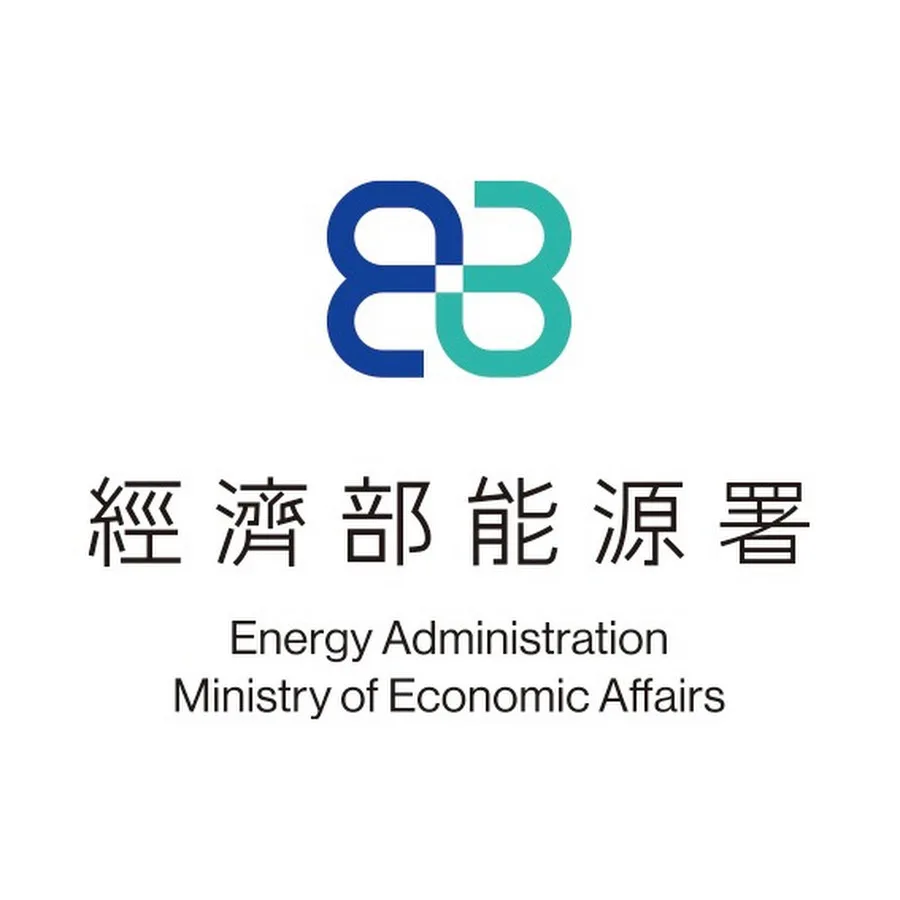MOEA Releases 2024 National Power Supply and Demand Report
MOEA Releases 2024 National Power Supply and Demand Report

The Ministry of Economic Affairs (MOEA) today (26th) released the "2024 National Power Supply and Demand Report," outlining electricity demand forecasts and power development plans for the next decade (2025–2034).
Taking into account factors such as the rapid advancement of AI technologies, semiconductor industry expansion, the implementation of U.S. reciprocal tariffs, and strengthened energy efficiency measures, the report projects an average annual growth rate in electricity demand of approximately 1.7%. The MOEA will continue to expand renewable energy deployment and natural gas generation capacity to ensure a stable power supply.
The MOEA stated that in 2025, demand driven by AI and emerging technologies will remain robust. However, production activities in certain industries are expected to slow due to the impact of U.S. reciprocal tariffs. Balancing these opposing forces, Taiwan's GDP growth rate for the first half of the year (January–June) reached 6.75%, while electricity consumption declined by 1.1% compared to the same period last year.
The MOEA further explained that future electricity demand projections have taken into account adjustments in semiconductor expansion schedules, investment developments in major AI and emerging industries, as well as the expected effects of advanced energy efficiency measures. Accordingly, electricity demand is forecast to grow at an average annual rate of about 1.7% from 2025 to 2034, a trend broadly aligned with electricity consumption patterns observed in other major industrial economies such as Japan and South Korea.
In terms of power supply planning, the MOEA noted that following the natural gas pipeline leakage incident at Hsinta Power Plant on September 9th, Taiwan Power Company (Taipower) is still conducting safety inspections. As a result, the commissioning of Hsinta's new Gas-Fired Unit No. 2 is expected to be delayed until May 2026. The latest Power Supply and Demand Report provides a pragmatic assessment of Taipower's construction progress for new gas-fired units at the Taichung, Tongxiao, and Dalin power plants, and also incorporates the most recent private-sector gas-fired generation projects, including Kuo Kuang Power and Mailiao Power. From 2025 to 2034, gas-fired generation capacity is projected to expand by a net total of 12.2 GW, ensuring long-term demand growth can be met while maintaining stable power supply during nighttime hours.
The MOEA further explained that in expanding renewable energy deployment, the government is aligning with President Lai's second-phase energy transition policy. Ongoing efforts focus on promoting photovoltaics, offshore wind, geothermal, and small hydro power, with the goal of raising the renewable energy share to 20% by November 2026 and 30% by 2030. At the same time, MOEA noted that it is taking a pragmatic approach based on the current power system conditions. With ample daytime solar generation shifting supply pressure to nighttime peak demand periods, high-efficiency gas-fired units will serve as the primary nighttime power source, supported by energy storage systems and hydro power for flexible dispatch.
Finally, the MOEA emphasized that, given the rapidly evolving international economic and trade landscape, the government will conduct annual rolling reviews to incorporate various electricity demand factors. These assessments will account for both industrial and household consumption needs. Under the national energy transition policy and net-zero pathway, the government will actively advance diversified power development plans to foster a low-carbon environment while ensuring a stable electricity supply.
